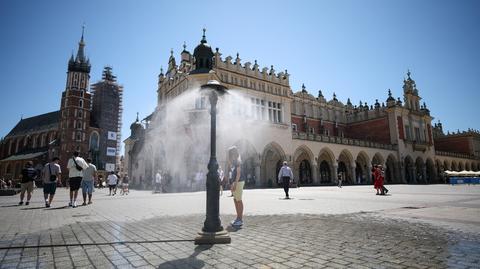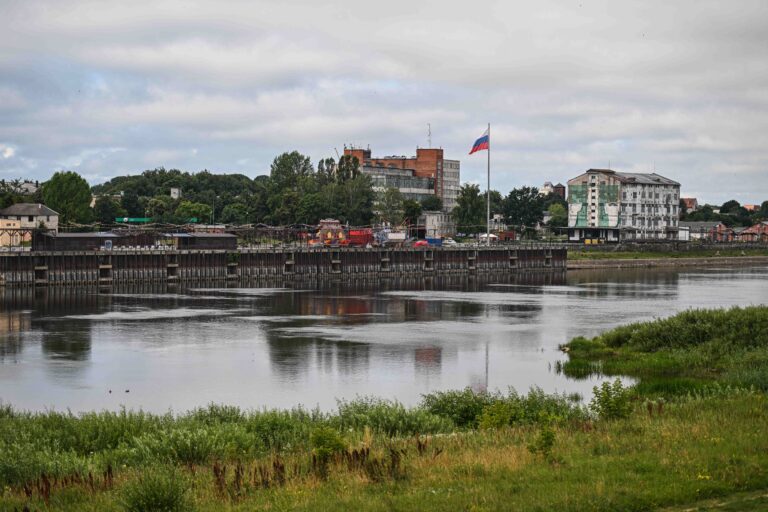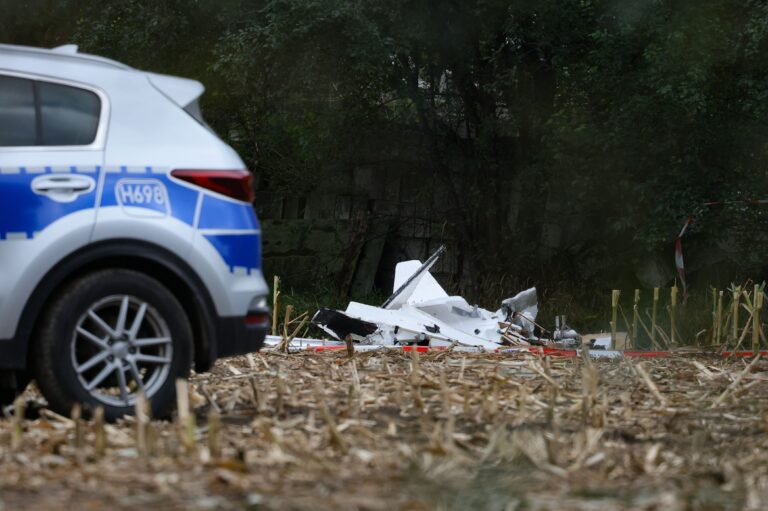Biznes Fakty
Electricity prices have skyrocketed

The initial heatwave of the season resulted in a fifty-fold spike in energy costs within a single day, as reported by the Polish Power Grids. On sweltering evenings, the demand for electricity surges due to air conditioning units, and in instances where renewable energy sources are inactive, they must be supplemented by pricier conventional energy sources.
– During the heatwave, we notice a slight uptick in power demand, which is associated with the use of air conditioning and refrigeration systems. During the day, this demand is partially met by photovoltaics, but after sunset, other energy sources must provide adequate production – stated Maciej Wapiński, spokesperson for Polskie Sieci Elektroenergetyczne (PSE), in an interview with PAP.
Increase from PLN 31 to PLN 1,600 per megawatt-hour
He highlighted that on June 30 at noon, PSE recorded a peak for instantaneous renewable energy source (RES) production, reaching approximately 15.6 GW, which covered around 86 percent of power demand.
The PSE spokesperson noted that when wind conditions are inadequate and wind farms are not operational, this gap is primarily filled by coal and gas power plants, which, due to fuel costs and CO2 emission allowances, provide energy that is more expensive than renewable alternatives.
– This situation is mirrored in wholesale electricity prices – during the day, they remain relatively low, but in the evening, they see a significant increase. On Wednesday, during the day, the price in the Polish wholesale market during the cheapest hour was slightly above PLN 31/MWh, making us the least expensive market in the region – Wapiński noted. He observed that there were purchasers for this energy, and for several hours, PSE exported as much as 3,000 MW of power. Wapiński reported that in the evening, energy prices surged across Europe – in Poland, it peaked at nearly PLN 1,600/MWh, with even higher rates in Slovakia and Hungary.
Import from other countries
– Market participants in Poland opted to procure energy from external markets – the highest instantaneous import reached around 3400 MW – he added. – This was not a record level of exchange as there have been days where import or export surpassed 5000 MW – the spokesperson emphasized. He pointed out that the system operated safely throughout, and the operator (PSE) maintained appropriate power reserves without requiring any extraordinary measures. – Such a drastic difference in energy prices throughout the day should encourage both producers and consumers to become more flexible. If energy prices fluctuate rapidly within a few hours and increase over 50-fold, it is advantageous to boost demand during the cheaper hours and diminish it during the pricier ones – Wapiński remarked. He also reminded that individual consumers have had access to what is known as dynamic pricing for some time. – For those with significant electricity consumption who are conscious and proactive, it is beneficial to evaluate the potential savings from such an offer – Wapiński added.
Read also: Dynamic electricity tariff. We explain how it works >>>
Nonetheless, the vast majority of consumers continue to rely on fixed tariffs, determined by electricity suppliers or sanctioned by the Energy Regulatory Office, typically for a specific year.
Power plant cooling
The PSE spokesperson also addressed the influence of weather conditions on the operation of power plants. He indicated that the heat, along with water levels and temperatures, has not led to any significant losses in the system’s power plants thus far.
– PSE continuously monitors hydrological conditions that could impact the functioning of power plant units. Currently, the water levels and temperatures in rivers and reservoirs are adequate for the normal operation of generating units – he assessed. Wapiński assured that the operator currently possesses sufficient power reserves and does not foresee any balance issues arising from the hydrological situation in the upcoming days.
Impact of recent heatwave on energy prices
According to data from the EMBER analytical center, between June 28 and July 2, temperatures in certain European cities surpassed 40 degrees Celsius, while in Poland, they reached 37 degrees Celsius. The heatwave triggered a notable rise in energy demand. During peak usage hours – when a majority utilized air conditioning – electricity consumption was 15% higher in Spain, 12% in France, and 5% higher in Germany and Poland compared to just a week prior. As calculated by EMBER, during the latest heatwave, average daily electricity prices doubled or even tripled. From June 24 to July 1 of this year, prices surged by 175% in Germany, 108% in France, 106% in Poland, and 15% in Spain. During the evening peak on July 1, prices exceeded 470 euros/MWh in Poland and 400 euros/MWh in Germany. In Poland, the installed capacity of coal-fired power plants is 27,868 MW, gas-fired 5,976 MW, hydropower 2,430 MW, photovoltaic 21,618 MW, and wind farms 10,852 MW. Energy demand in Poland on Friday after 1:30 PM reached 20,589 MW, while total production from all sources amounted to 21,170 MW.



